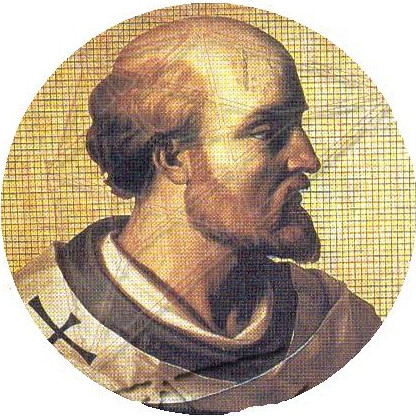Nouns by Tag math
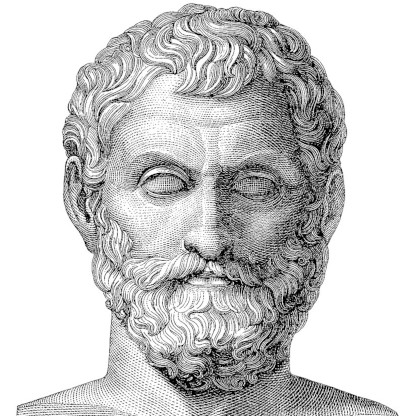
Thales of Miletus ( Θαλῆς)
Best known as the "Father of Western Philosophy", he actually became famous for predicting a solar eclipse.
His motto, "Know thyself," was engraved at the entrance of the Temple of Apollo in Delphi.
He also proved two important theorems in elementary geometry named for him.
His motto, "Know thyself," was engraved at the entrance of the Temple of Apollo in Delphi.
He also proved two important theorems in elementary geometry named for him.

Pythagoras (Pythagoras of Samos)
Pythagoras of Samos was an Ionian Greek philosopher, mathematician, and putative founder of the Pythagoreanism movement. He is often revered as a great mathematician and scientist and is best known for the Pythagorean theorem which bears his name. Wikipedia
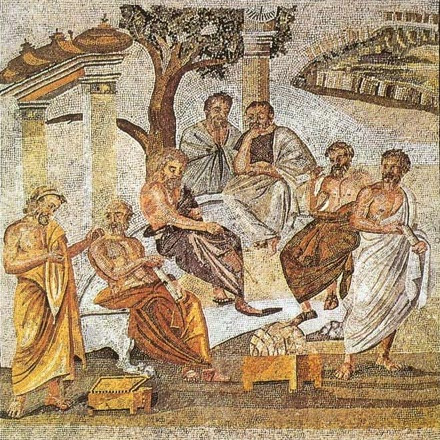
Platonic Academy (Plato's Academy, Ἀκαδημία)
School founded by Plato which persisted as as a skeptical school, until it was destroyed by the Roman dictator Sulla in 86 BC.
Plato wished to develop future leaders and discover how to build a better government in the Greek city-states. The curriculum included astronomy, biology, mathematics, political theory and philosophy.
It was located outside the city walls of ancient Athens. in or beside a grove of olive trees sacred to the goddess Athena.
Plato wished to develop future leaders and discover how to build a better government in the Greek city-states. The curriculum included astronomy, biology, mathematics, political theory and philosophy.
It was located outside the city walls of ancient Athens. in or beside a grove of olive trees sacred to the goddess Athena.

On the Sizes and Distances of the Sun and Moon (Περὶ μεγεθῶν καὶ ἀποστημάτων [ἡλίου καὶ σελήνης])
In On the Sizes and Distances Aristarchus makes certain hypotheses based on common observations of the heavens and comes to the conclusion that the sun is at the center of the universe with the Earth rotating around it!
His observations include the the apparent size of the sun and moon in the sky, the size of the Earth's shadow on the moon during an eclipse, and the idea that during a half moon the angle between the sun and the moon is 90°.
He then calculates distances such as the distance from Earth to moon and sun, as well as the sizes of these bodies.
Archimedes's describes it in detail in his own book The Sand Reckoner.

Ptolemy (Claudius Ptolemy, Κλαύδιος Πτολεμαῖος)
The preeminent astronomer of the 2nd century. He was a Roman citizen who lived in Alexandria, Egypt.
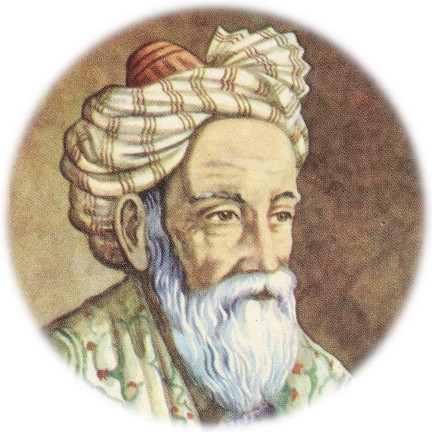
Omar Khayyam (عمر خیّام)
a Persian polymath, mathematician, astronomer, philosopher, and poet.[3][4][5][6] He was born in Neyshabur, in northeastern Persia, and was contemporary with the rule of the Seljuks around the time of the First Crusade.
As a mathematician, he is most notable for his work on the classification and solution of cubic equations, where he provided geometric solutions by the intersection of conics.[7] Khayyam also contributed to the understanding of the parallel axiom.[8]: 284 As an astronomer, he designed the Jalali calendar, a solar calendar with a very precise 33-year intercalation cycle[9][10]: 659 that provided the basis for the Persian calendar that is still in use after nearly a millennium.
There is a tradition of attributing poetry to Omar Khayyam, written in the form of quatrains (rubāʿiyāt رباعیات). This poetry became widely known to the English-reading world in a translation by Edward FitzGerald (Rubaiyat of Omar Khayyam, 1859), which enjoyed great success in the Orientalism of the fin de siècle.

Robert of Chester (Robert Retinensis, Robertus Ketenensis, de Ketene)
Translator of Isamic texts: Made 1st Latin translation of Koran
AKA , Ostiensis, Astensis, Cataneus, and Robert Cestrensis
AKA , Ostiensis, Astensis, Cataneus, and Robert Cestrensis

Nicolaus Copernicus
Best known for his heliocentric model of the solar system, Copernicus was a polymath active as a physician, diplomat, economist, translator, governor, mathematician, and canon lawyer.
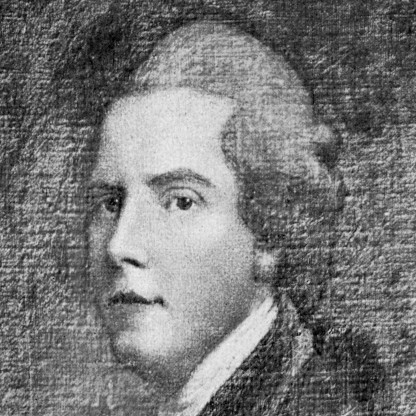
Thomas Digges
Sixteenth century English mathematician and astronomer — first English proponent of Copernicus

Thomas Harriot (Harriott, Hariot or Heriot)
English mathematician and scientist Thomas Harriot was the first person to draw the surface of the Moon as seen through a telescope. He also made many other achievements for which he was not credited until recently since he did not publicize his work.
He was also first to view and draw the sunspots. He first translated the Carolina Algonquian language into English and served as a translator during early exploration of that region.He discovered, contemporaneously with Galileo, the four main moons of Jupiter. He proposed contemporaneously with Kepler, that planetary orbits are elliptical, not circular. In the field of optics, he discovered Snell's Law of Refraction twenty years before Snell. In algebra, he was the first to introduce negative square roots (imaginary numbers) and the now common "<" and ">" symbols meaning "less than" and "greater than" respectivelyy.
He was also first to view and draw the sunspots. He first translated the Carolina Algonquian language into English and served as a translator during early exploration of that region.He discovered, contemporaneously with Galileo, the four main moons of Jupiter. He proposed contemporaneously with Kepler, that planetary orbits are elliptical, not circular. In the field of optics, he discovered Snell's Law of Refraction twenty years before Snell. In algebra, he was the first to introduce negative square roots (imaginary numbers) and the now common "<" and ">" symbols meaning "less than" and "greater than" respectivelyy.
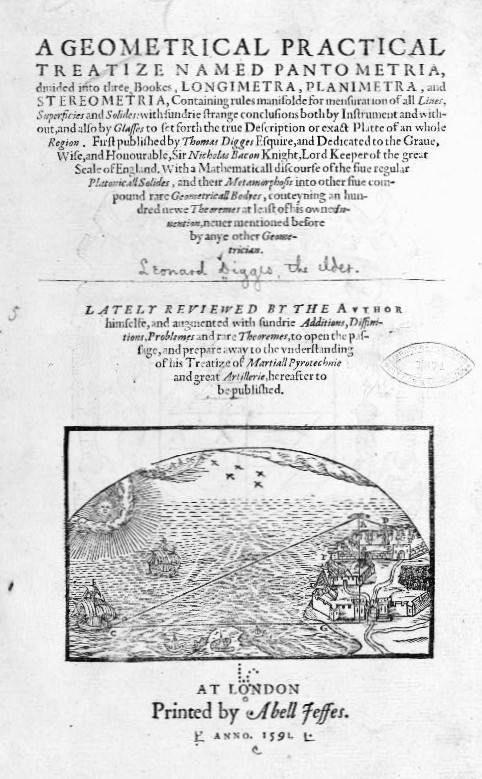
Pantometria (A geometrical practical treatize named pantometria)
Title page:
diuided into three bookes, longimetra, planimetra, and stereometria : containing rules manifolde for mensuration of all lines, superficies and solides, with sundrie strange conclusions both by instrument and without, and also by glasses to set forth the true description or exact platte of an whole region / first published by Thomas Digges ... ; with a mathematicall discourse of the fiue regular platonicall solides, and their metamorphosis into other fiue compound rare geometrical bodyes, conteyning an hundred newe theoremes at least of his owne inuention, neuer mentioned before by anye other geometrician.
In the preface, son and publisher, Thomas Digges, writes
[H]is divine mind aided with this science of Geometrical mensurations, found out the quantities, distances, courses, and strange intricate miraculous motions of these resplendent heavenly Globes of Sun, Moon, Planets and Stares fixed, leaving the rules and precepts thereof to his posterity. Archimedes also (as some suppose) with a glass framed by revolution of a section Parabolicall, fired the Roman navy in the sea coming to the siege of Syracuse. But to leave these celestial causes and things done of antiquity long ago, my father by his continual painful [painstaking] practices, assisted with demonstrations Mathematical, was able, and sundry times hath by proportional Glasses duly situate in convenient angles, not only discovered things far off, read letters, numbered pieces of money with the very coin and superscription thereof, cast by some of his friends of purpose upon downs in open fields, but also seven miles off declared what hath been done at that instant in private places.
diuided into three bookes, longimetra, planimetra, and stereometria : containing rules manifolde for mensuration of all lines, superficies and solides, with sundrie strange conclusions both by instrument and without, and also by glasses to set forth the true description or exact platte of an whole region / first published by Thomas Digges ... ; with a mathematicall discourse of the fiue regular platonicall solides, and their metamorphosis into other fiue compound rare geometrical bodyes, conteyning an hundred newe theoremes at least of his owne inuention, neuer mentioned before by anye other geometrician.
In the preface, son and publisher, Thomas Digges, writes
[H]is divine mind aided with this science of Geometrical mensurations, found out the quantities, distances, courses, and strange intricate miraculous motions of these resplendent heavenly Globes of Sun, Moon, Planets and Stares fixed, leaving the rules and precepts thereof to his posterity. Archimedes also (as some suppose) with a glass framed by revolution of a section Parabolicall, fired the Roman navy in the sea coming to the siege of Syracuse. But to leave these celestial causes and things done of antiquity long ago, my father by his continual painful [painstaking] practices, assisted with demonstrations Mathematical, was able, and sundry times hath by proportional Glasses duly situate in convenient angles, not only discovered things far off, read letters, numbered pieces of money with the very coin and superscription thereof, cast by some of his friends of purpose upon downs in open fields, but also seven miles off declared what hath been done at that instant in private places.

Pierre Gassendi (Pierre Gassend, Petrus Gassendi)
French philosopher, priest, astronomer, and mathematician who attempted to reconcile Epicurean atomism with Christianity.
He also published the first data on the transit of Mercury in 1631.
He wrote numerous philosophical works. Notably, he argued against his contemporary Descartes on the possibility of certain knowledge and was very modern in his approach, relying heavily on scientific evidence to support his views.
He also published the first data on the transit of Mercury in 1631.
He wrote numerous philosophical works. Notably, he argued against his contemporary Descartes on the possibility of certain knowledge and was very modern in his approach, relying heavily on scientific evidence to support his views.
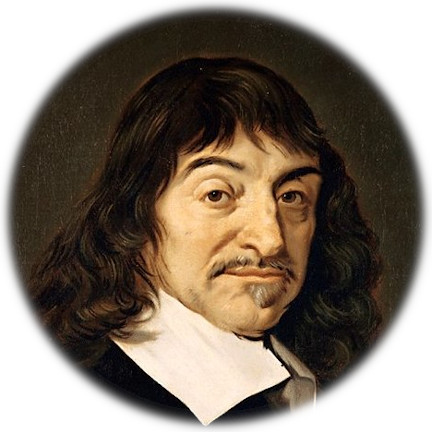
René Descartes
French-born philosopher, mathematician, and scientist who spent a large portion of his working life in the Dutch Republic and is one of the most notable intellectual figures of the Dutch Golden Age,
Descartes is also widely regarded as one of the founders of modern philosophy.
His best known philosophical statement is *"cogito, ergo sum"* — *"I think, therefore I am"*; (French: *Je pense, donc je suis), found in *Discourse on the Method* (1637; in French and Latin) and *Principles of Philosophy* (1644, in Latin).
Descartes's influence in mathematics is equally apparent; the Cartesian coordinate system was named after him. He is credited as the father of analytical geometry, the bridge between algebra and geometry—used in the discovery of infinitesimal calculus and analysis. Descartes was also one of the key figures in the Scientific Revolution.
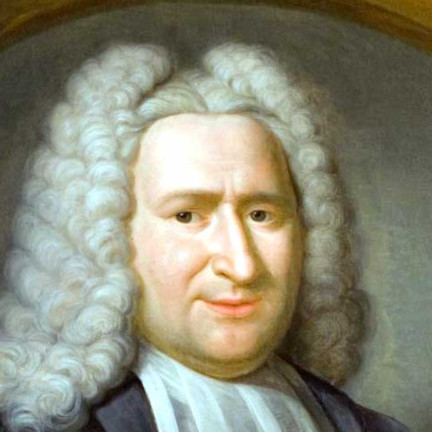
Pieter van Musschenbroek
Dutch scientist credited with the invention of the first capacitor in 1746: the Leyden jar.
He performed pioneering work on the buckling of compressed struts, and in 1729, he was also one of the first scientists to provide detailed descriptions of testing machines for tension, compression, and flexure testing.
He performed pioneering work on the buckling of compressed struts, and in 1729, he was also one of the first scientists to provide detailed descriptions of testing machines for tension, compression, and flexure testing.
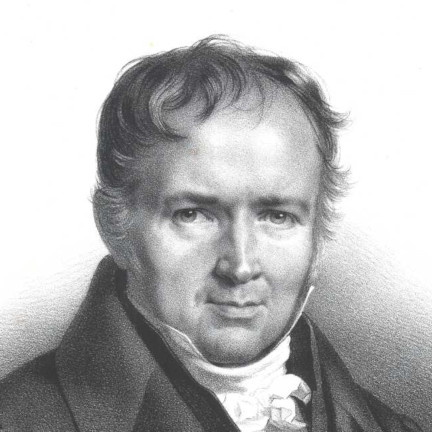
Siméon Denis Poisson
French mathematician, engineer, and physicist who made many scientific advances
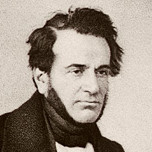
Olinde Rodrigues (Benjamin Olinde Rodrigues)
French banker, mathematician, and social reformer, remembered for
He is also credited as originating the idea of the artist as an avant-garde
- Rodrigues' rotation formula for vectors,
- the Rodrigues formula about series of orthogonal polynomials,
- the Euler–Rodrigues parameters,, and
He is also credited as originating the idea of the artist as an avant-garde

The Fundamental Theorem of Algebra (FTA)
Every polynomial equation of degree n with complex coefficients has n roots in the complex numbers.

Nikola Tesla
Best known for his contributions to the design of the modern alternating current (AC) electricity supply system
"The day science begins to study non-physical phenomena, it will make more progress in one decade than in all the previous centuries of its existence."
"The day science begins to study non-physical phenomena, it will make more progress in one decade than in all the previous centuries of its existence."
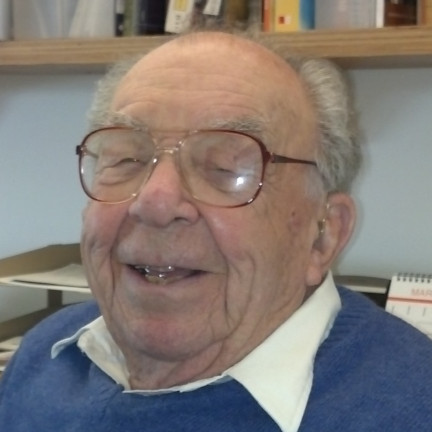
Robert Fano (Roberto Mario Fano)
20th century Italian-American computer scientist and professor of electrical engineering and computer science at MIT
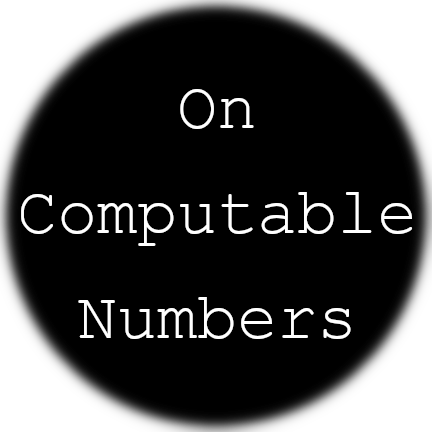
On Computable Numbers, with an Application to the Entscheidungsproblem
In this paper, Turing reformulated Kurt Gödel's 1931 results on the limits of proof and computation, replacing Gödel's universal arithmetic-based formal language with the formal and simple hypothetical devices that became known as Turing machines. The Entscheidungsproblem (decision problem) was originally posed by German mathematician David Hilbert in 1928. Turing proved that his "universal computing machine" would be capable of performing any conceivable mathematical computation if it were representable as an algorithm. He went on to prove that there was no solution to the decision problem by first showing that the halting problem for Turing machines is undecidable: it is not possible to decide algorithmically whether a Turing machine will ever halt. This paper has been called "easily the most influential math paper in history"
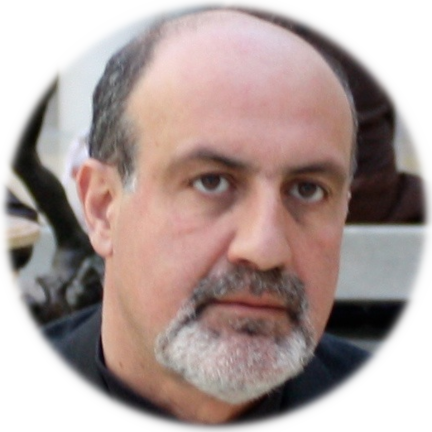
Nassim Nicholas Taleb
Lebanese-American essayist, mathematical statistician, former option trader, risk analyst, and aphorist whose work concerns problems of randomness, probability, and uncertainty.
Taleb criticized the risk management methods used by the finance industry and warned about financial crises, subsequently profiting from the late-2000s financial crisis.
He advocates what he calls a "black swan robust" society, meaning a society that can withstand difficult-to-predict events.
Taleb refuses all honors and anything that "turns knowledge into a spectator sport".
__Also see__
* [Official Research Biography of Nassim Nicholas Taleb](https://fooledbyrandomness.com/CV.htm)
* [MacTutor - *Nassim Nicholas Taleb*](https://mathshistory.st-andrews.ac.uk/Biographies/Taleb/)
* [Taleb, Nassim = *How To Legally Own Another Person*](https://medium.com/incerto/how-to-legally-own-another-person-4145a1802bf6#id_token=eyJhbGciOiJSUzI1NiIsImtpZCI6IjE3MjdiNmI0OTQwMmI5Y2Y5NWJlNGU4ZmQzOGFhN2U3YzExNjQ0YjEiLCJ0eXAiOiJKV1QifQ.eyJpc3MiOiJodHRwczovL2FjY291bnRzLmdvb2dsZS5jb20iLCJuYmYiOjE2NjA3Njg2NzIsImF1ZCI6IjIxNjI5NjAzNTgzNC1rMWs2cWUwNjBzMnRwMmEyamFtNGxqZGNtczAwc3R0Zy5hcHBzLmdvb2dsZXVzZXJjb250ZW50LmNvbSIsInN1YiI6IjEwOTUwMjc1MjA0ODUyMzIzOTQ1NyIsImVtYWlsIjoic2hhbmVib3c3QGdtYWlsLmNvbSIsImVtYWlsX3ZlcmlmaWVkIjp0cnVlLCJhenAiOiIyMTYyOTYwMzU4MzQtazFrNnFlMDYwczJ0cDJhMmphbTRsamRjbXMwMHN0dGcuYXBwcy5nb29nbGV1c2VyY29udGVudC5jb20iLCJuYW1lIjoiU2hhbmUgQm93IiwicGljdHVyZSI6Imh0dHBzOi8vbGgzLmdvb2dsZXVzZXJjb250ZW50LmNvbS9hLS9BRmRadWNxODZkR0NEUVRncEJsdlVPb1U5akxzU3V5Y1FDbnVTdWRJXzZ5OD1zOTYtYyIsImdpdmVuX25hbWUiOiJTaGFuZSIsImZhbWlseV9uYW1lIjoiQm93IiwiaWF0IjoxNjYwNzY4OTcyLCJleHAiOjE2NjA3NzI1NzIsImp0aSI6IjI3OWQ3MzAxM2ZlMzk5ZmEzMTU0MmRhOThiNmQzMGQ3YWUxM2NkOWUifQ.R5H998WLxWQfk33pAvPY6Da_-a2DPD1HSw1gt-FzDshUdD-ij3FZUOuJe8pNOFtCtETTwlazpIUPamAxzJEicPJZKDN76oBKyWQGV6sc2u40J8jRTr0XzLFqSwknzewM4R5dGdqQ1-1izGpHKdKKGzdAZDIUpngfg8IopsTEmSQaiDqWTvivKPHGVWtXxifm39yWxDnMOAPfeGHW2-H7O7w09MCLyXTPAmYqiKF76XUyDU5BScNChYGJhCsL8yNryMYWI6Y_7u8AgMCOnRyh6t-07PnOHguoZ-aD0zTwGdnlsa9QPhCQscs6stDlK27mPGLSsMrNXyoJ2waTHOR4Dg)
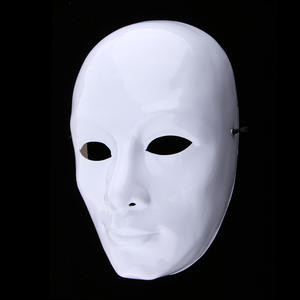
Satoshi Nakamoto
Presumed pseudonymous person or persons who ivented, developed, and deployed bitcoin.
Satoshi is a billionaire. In mid 2020 prices, Satoshi's net worth is around 8.8 billion dollars. At its all time high on December 18 2017, when 1 BTC peaked at 19,498.63 USD, Satoshi's bitcoin was worth around 20 billion dollars. This made Satoshi the 56th richest person in the world→ Buy Bitcoin Worldwide
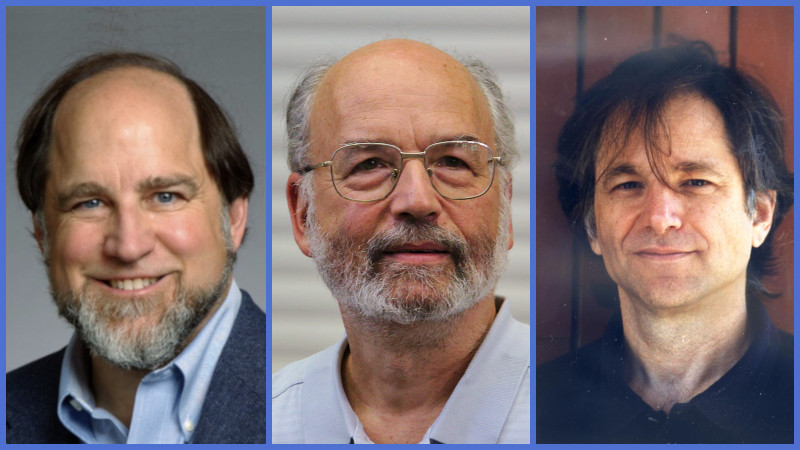
RSA (cryptosystem)
Public-key cryptosystem that is widely used for secure data transmission which takes its name from the surnames of the inventors Ron Rivest, Adi Shamir, and Leonard Adleman.
An equivalent system was developed secretly, in 1973 at GCHQ (the British signals intelligence agency), by the English mathematician Clifford Cocks.
The security of RSA relies on the practical difficulty of factoring the product of two large prime numbers, the "factoring problem".
An equivalent system was developed secretly, in 1973 at GCHQ (the British signals intelligence agency), by the English mathematician Clifford Cocks.
The security of RSA relies on the practical difficulty of factoring the product of two large prime numbers, the "factoring problem".

